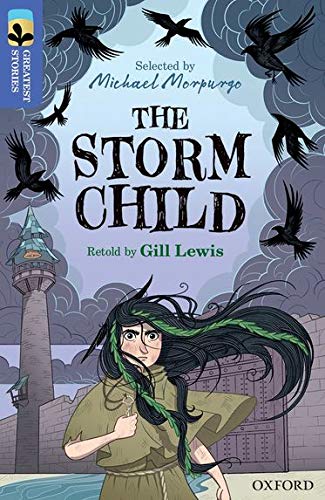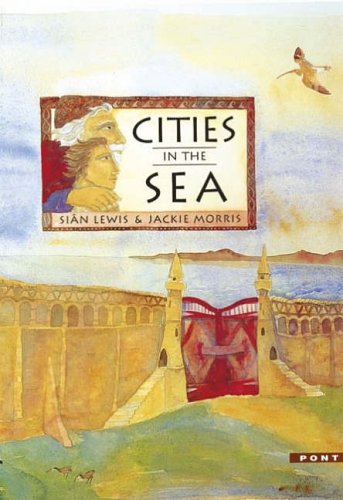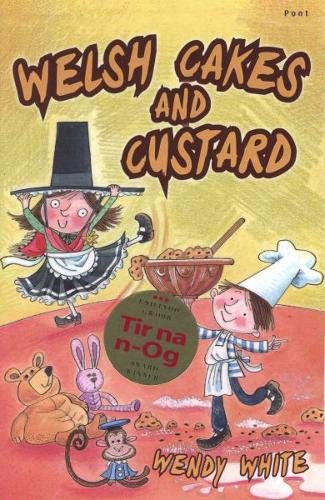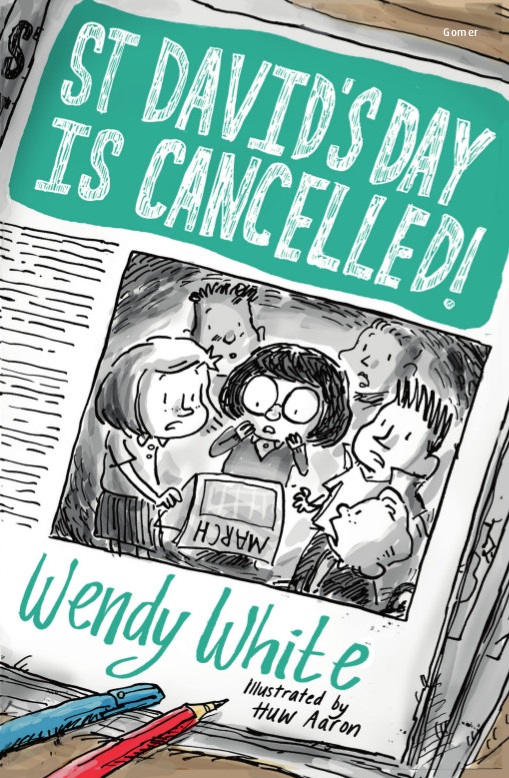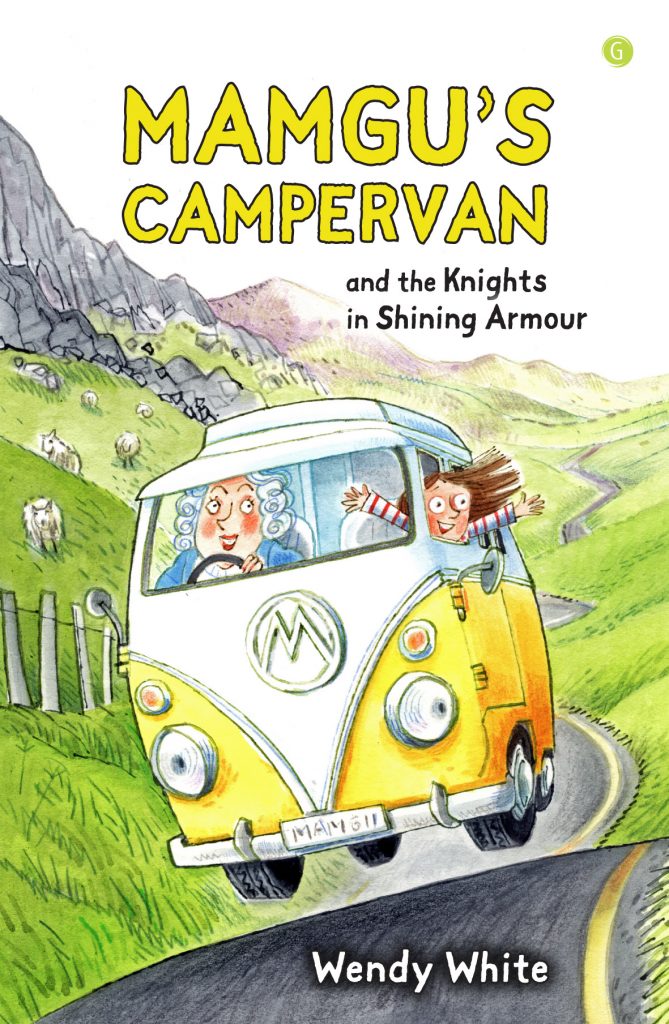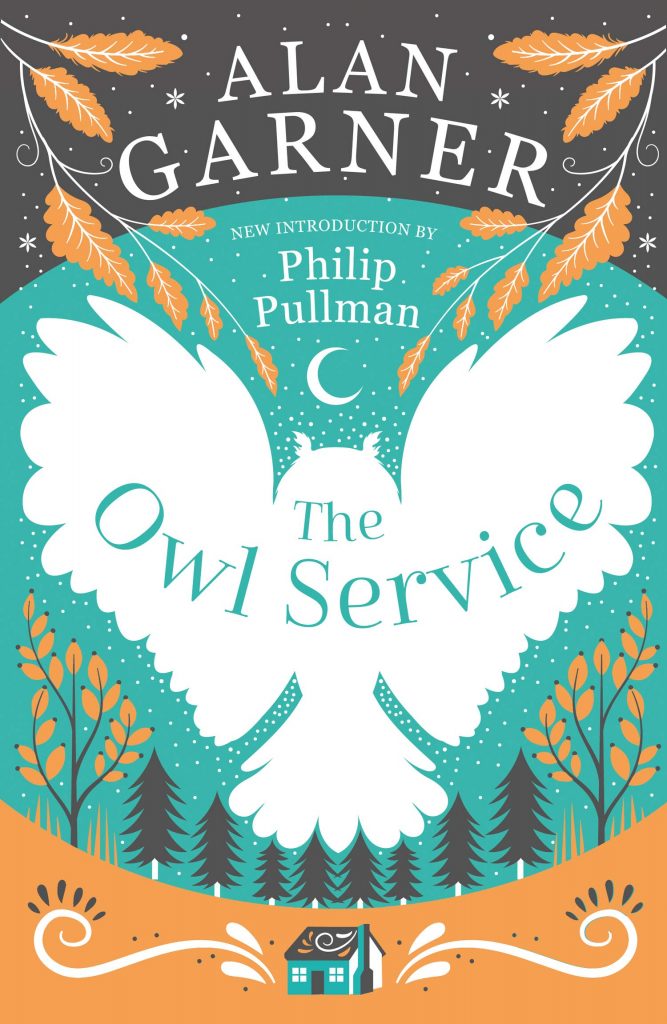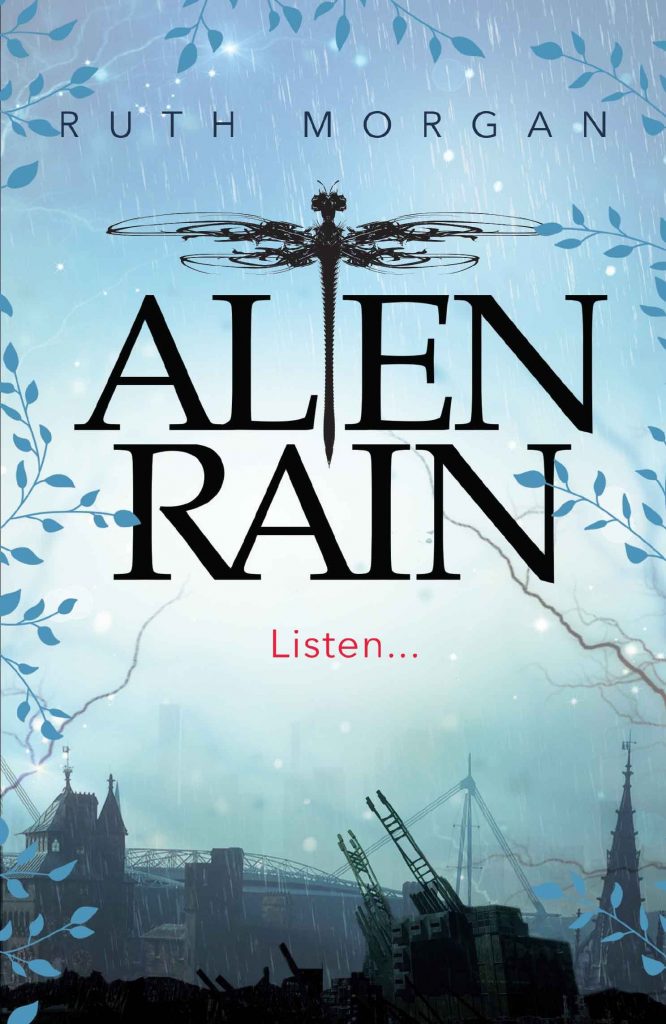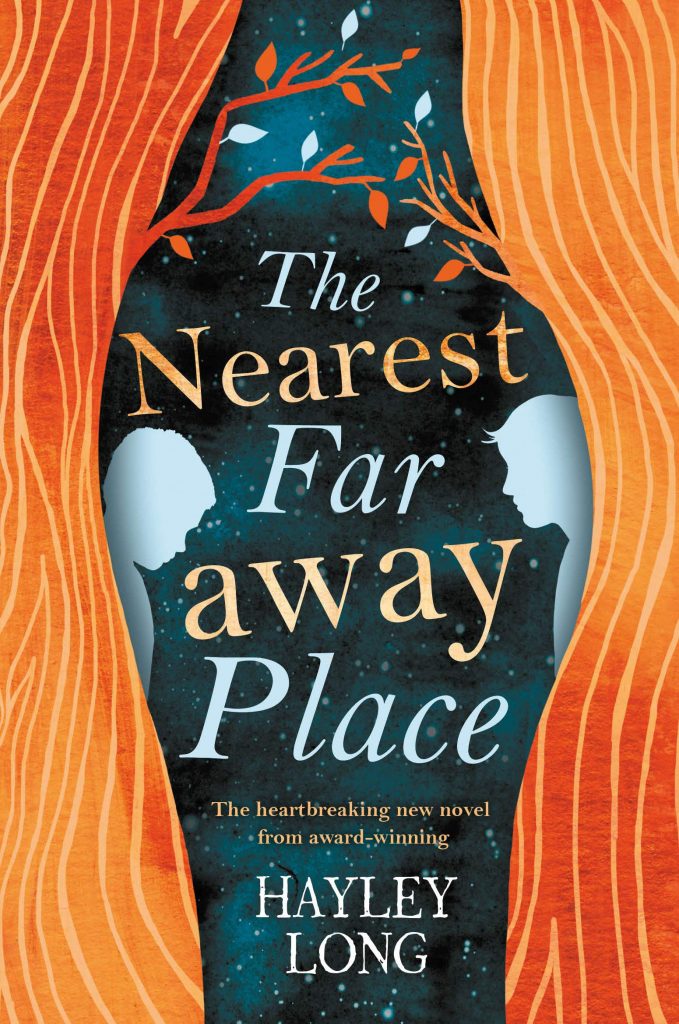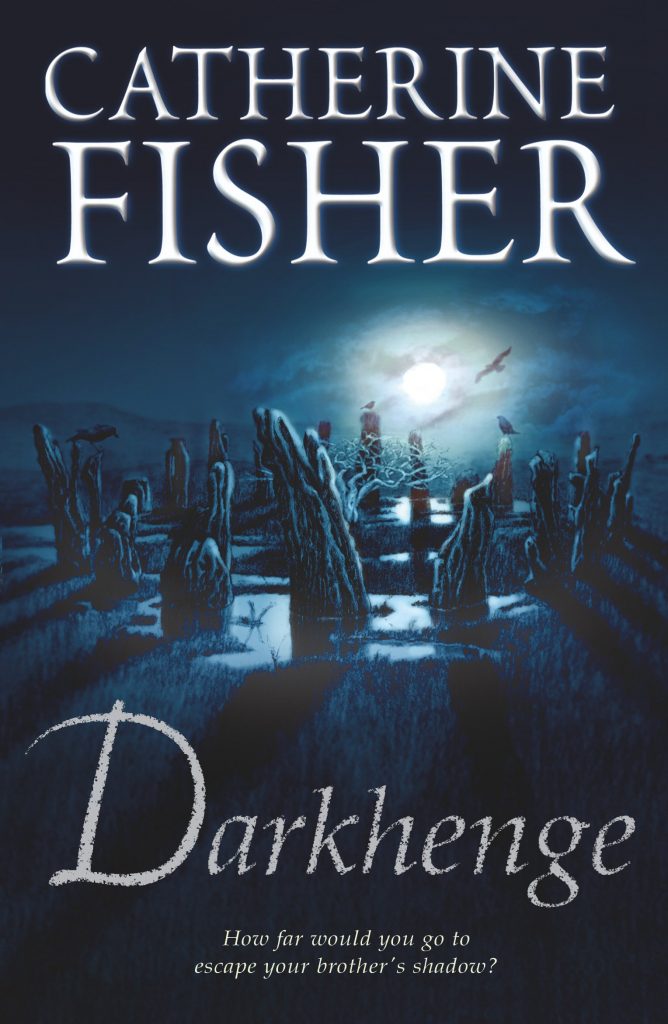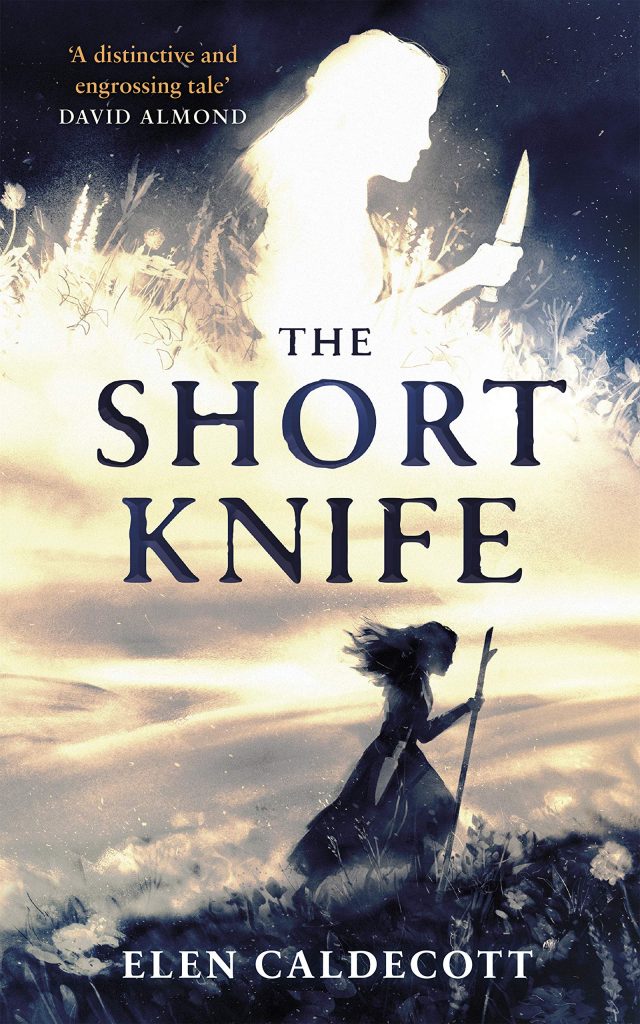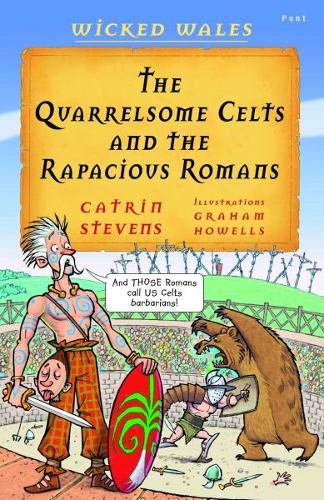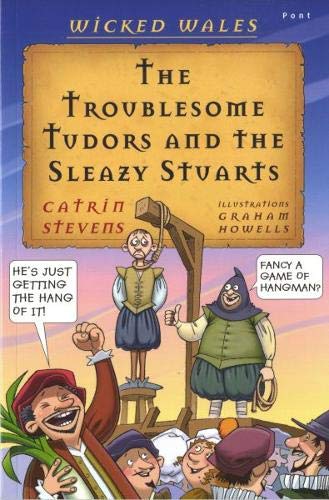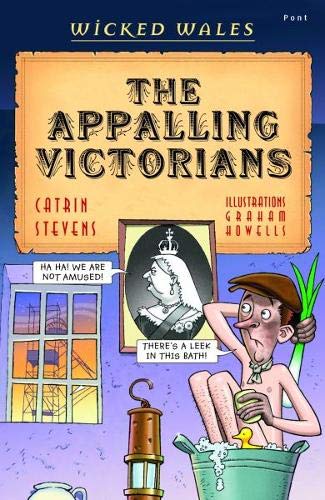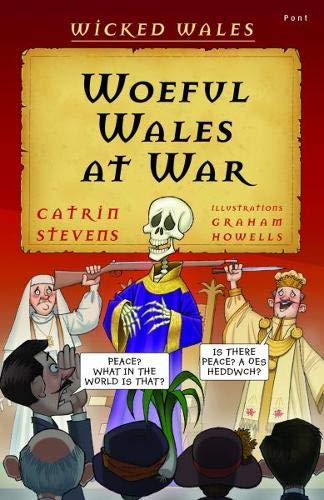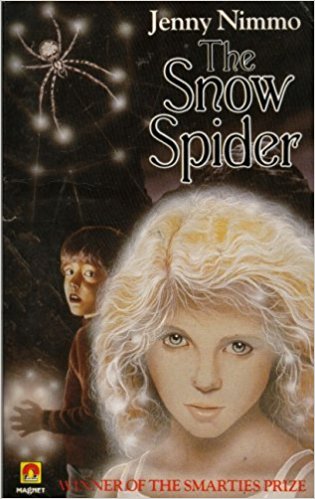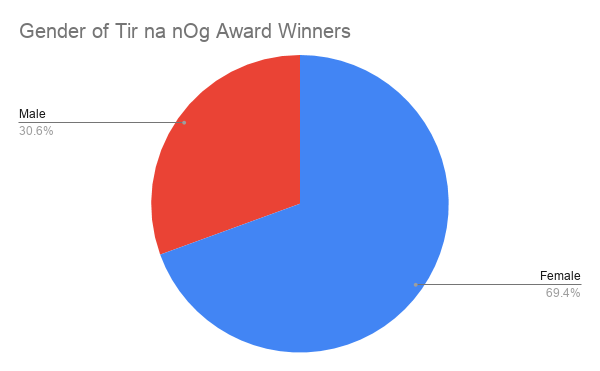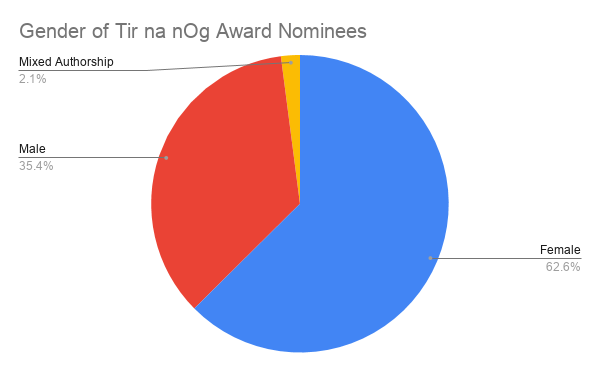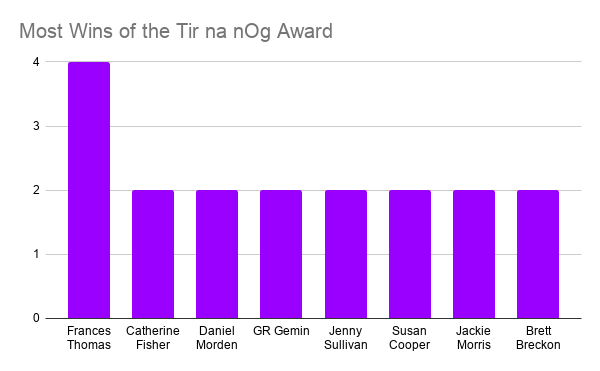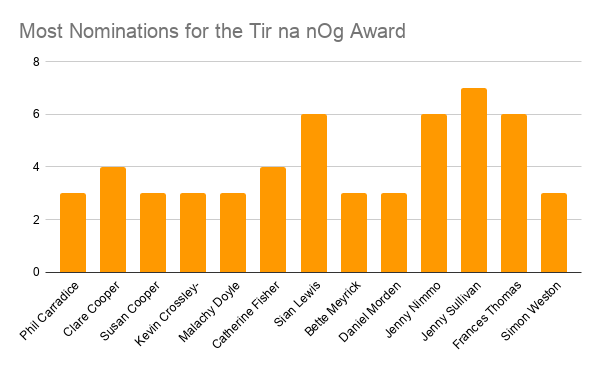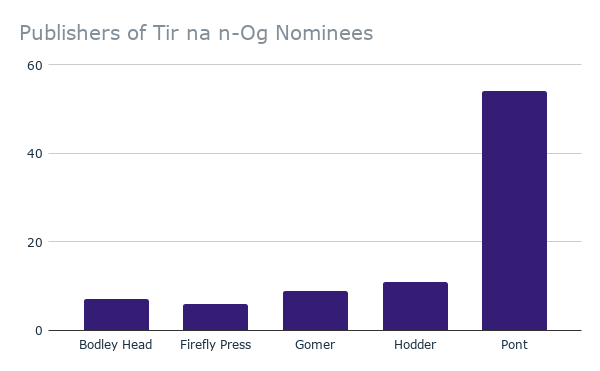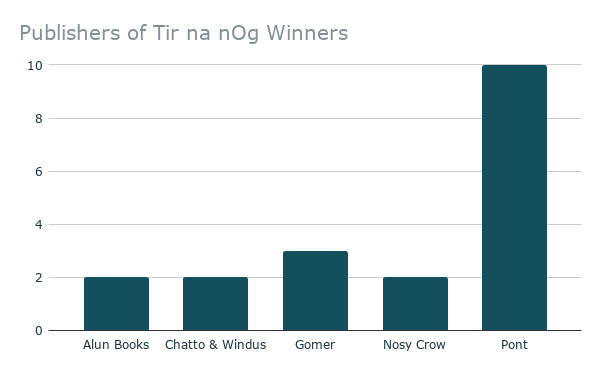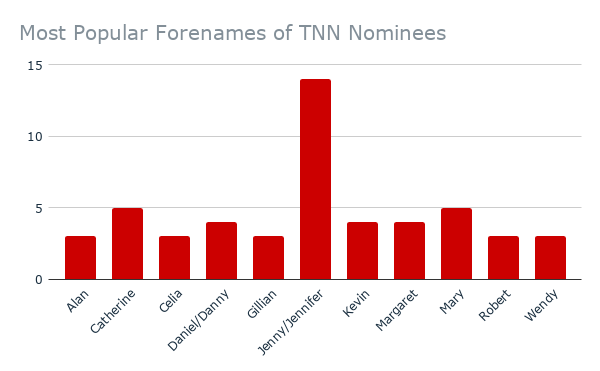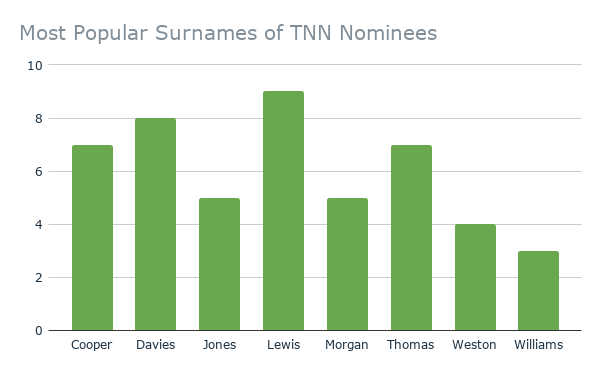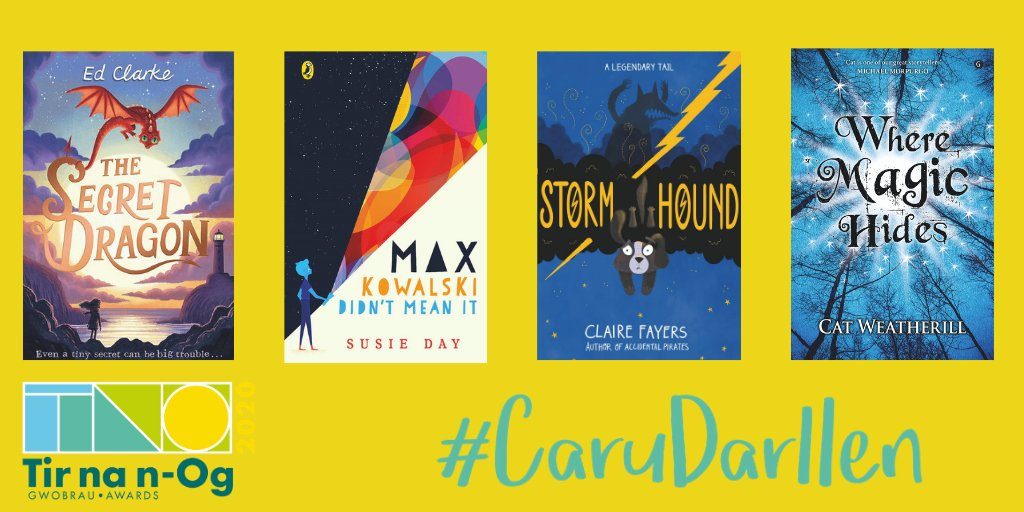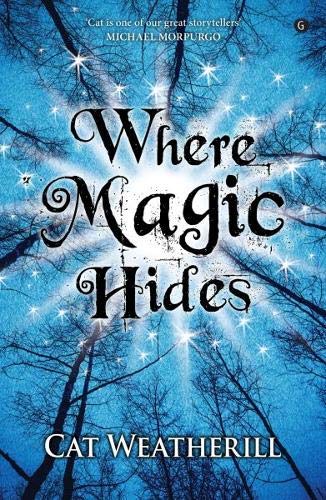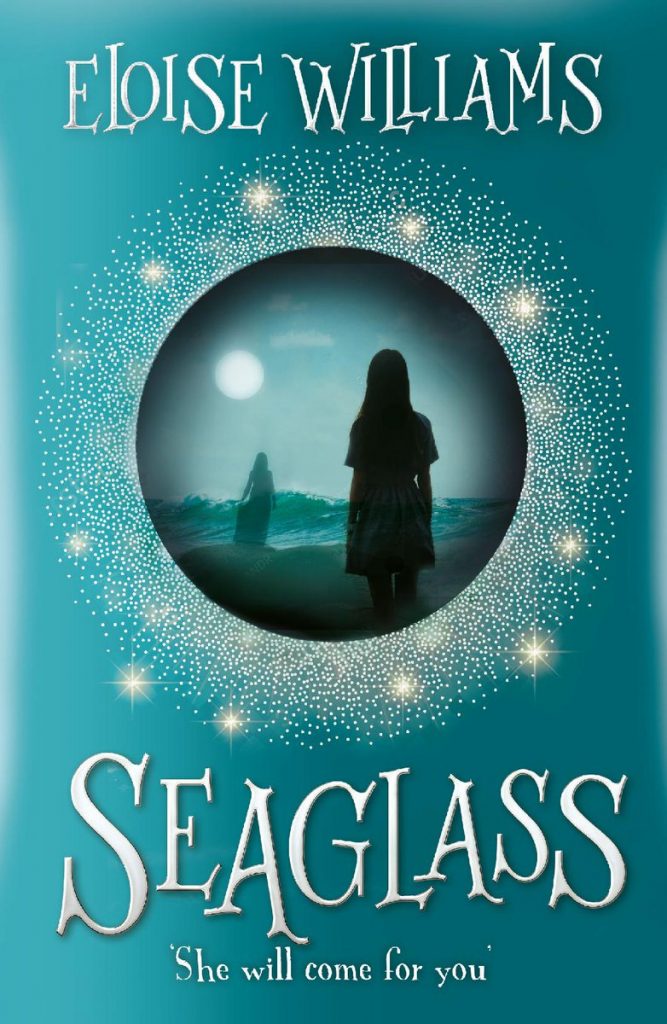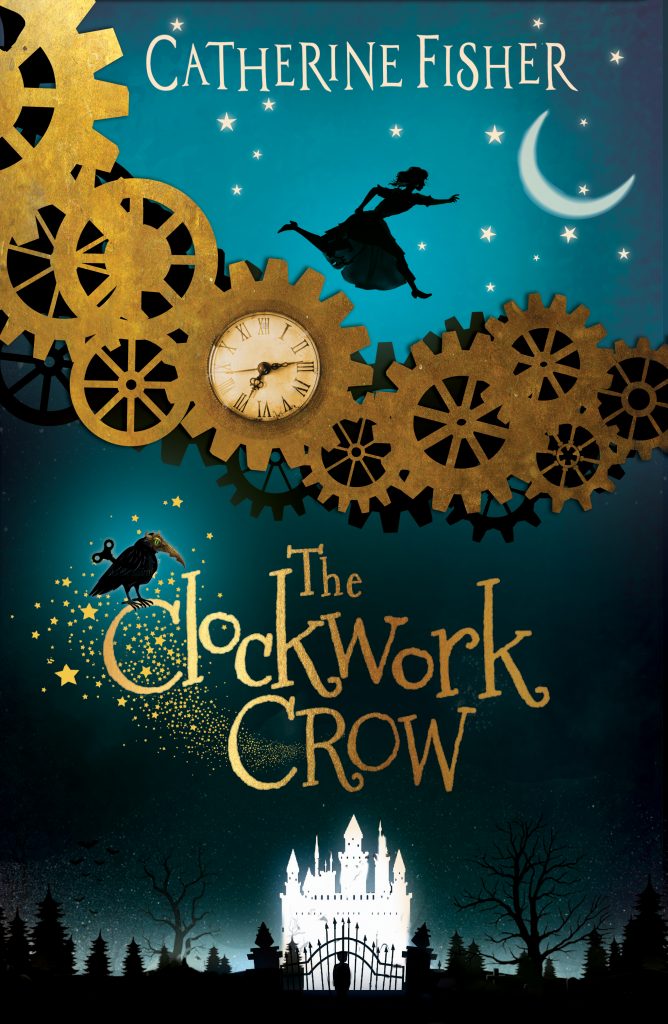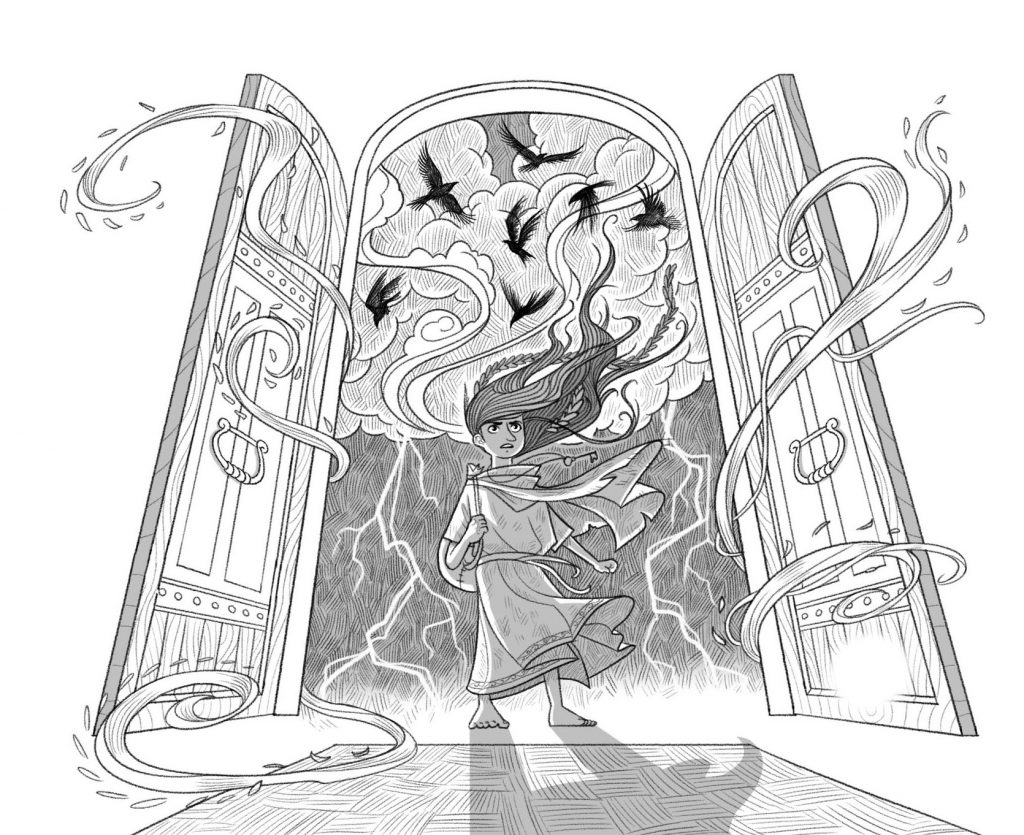Books to develop insight into the culture, people and history of Wales
This St. David’s Day, we’ve decided to take a look at some brilliant stories with a Welsh context. These are books that will fire the imagination and connect children to the landscape and the communities of Wales, both now and in the past. We hope that our suggested reading list is fuel for teachers, parents and reading enthusiasts from Holyhead to Haverfordwest and Highmoor Hill to Hawarden. We also have some suggestions for activities that will help to get to know these books better.
Reception (Age 5)
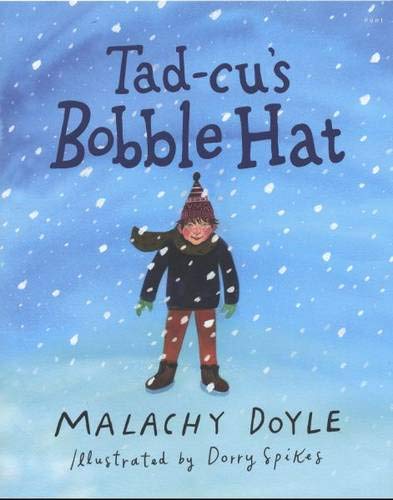
Tad-cu’s Bobble Hat was Malachy Doyle’s 100th book and was recently included in the Iechyd Da wellbeing pack from the Welsh Books Council delivered to all Welsh primaries. Set in the Cambrian Mountains not far from Machynlleth, the story features a boy and his tadcu (grandfather) on walks through the hills. On one particular trip the snow falls and tadcu lends his bobble hat which is then lost. The book, illustrated by Dorry Spikes, deals with the loss of a grandparent in a very gentle way and the symbolism of the changing seasons can be explored whilst connecting with the intergenerational theme and the welsh landscapes. ‘A touching story that conveys the warmth and joy between two generations, and handles the universal themes of love, loss and renewal with gentleness. On one walk, as Tadcu gets older, his special bobble hat is lost. Winter sets in and with it, life dies. When the thaw of spring arrives, the boy returns to the hillside walk to look for the hat. Its discovery brings comfort and a renewed sense of love and positive memories.’
Year 1 (Age 6)
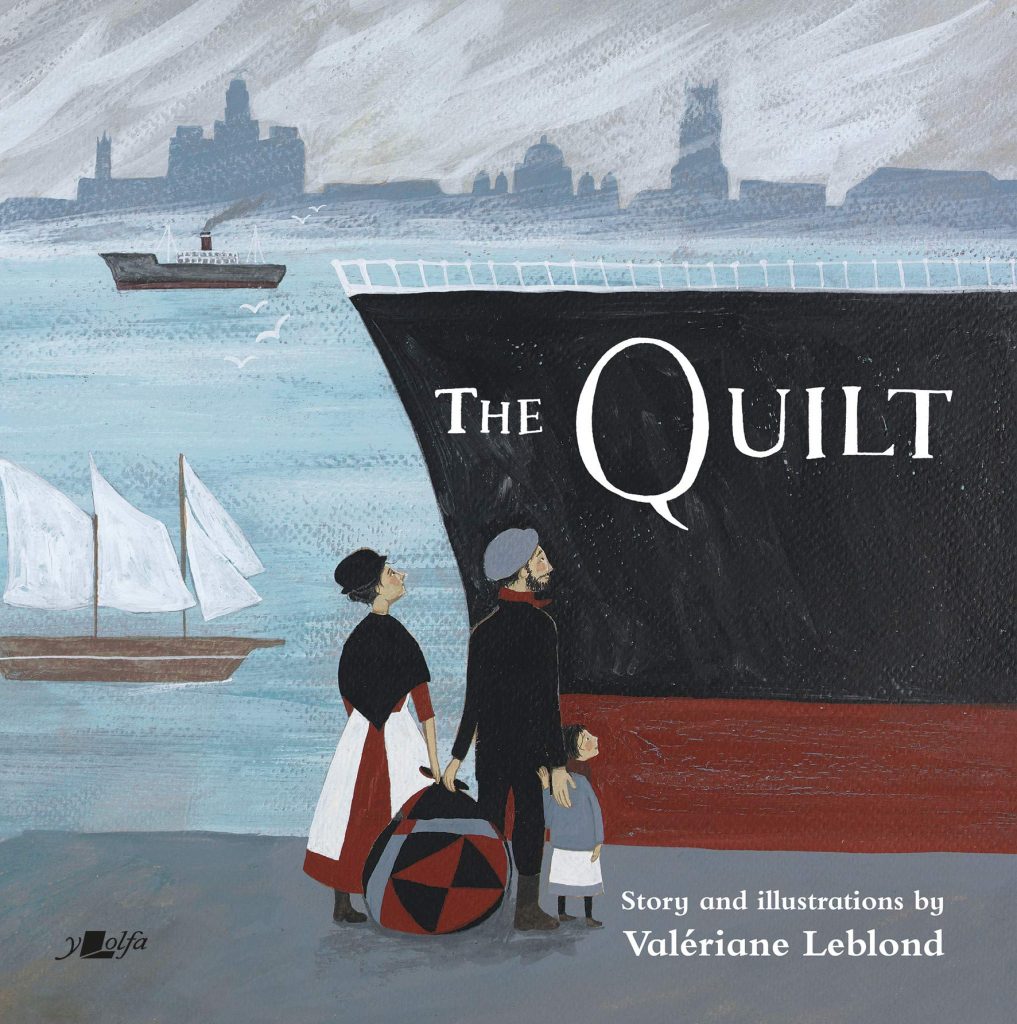
The Quilt by Valeriane Leblond is a wonderful picturebook that can be read and enjoyed by any age. Children and adults will be captivated by the gorgeous illustrations that take us from rural Wales at the turn of the 20th century to the New World via Liverpool. This book connects us to our past but could also open up conversations about migration, homes, family, travel as well as Wales’ unique landscapes. ‘A beautifully illustrated story about emigration and homesickness. A little girl lives with her parents on a farm near the coast, around the turn of the twentieth century. Times are hard and the family decides to emigrate to the USA, raising the fare by selling all of their possessions except for a black and red quilt lovingly hand-made by the mother. The little girl feels homesick and sad at times, but the memories and love contained in the quilt help her overcome this and adapt to her new life. The book offers a message of hope which is sure to strike a chord with many adult readers: when things look bleak, remember that happy times will return.’
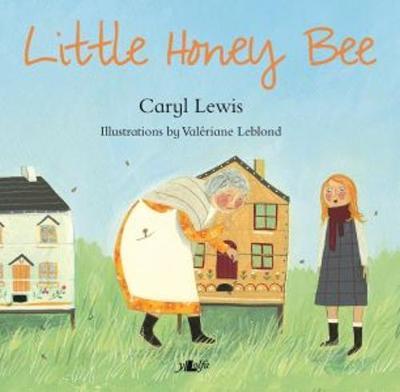
Little Honey Bee also has illustrations by Valeriane Leblond and is written by Caryl Lewis. The Welsh landscapes are evident throughout the story which will connect readers to the rich plantlife of their locality through a sensitive story about a bee-keeping grandma. ‘One wintry night, Elsi is left on her grandmother’s doorstep. Elsi is as silent as snow until Grandma shows her a secret at the bottom of the garden…’
Year 2 (Age 7)
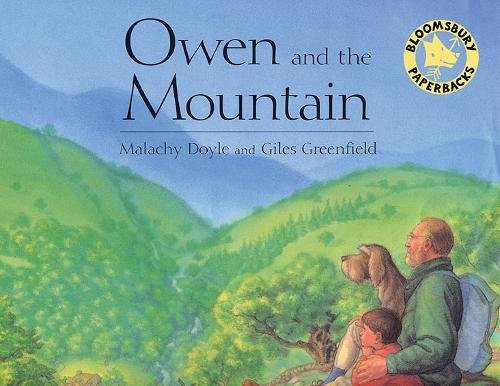
Owen and the Mountain by Malachy Doyle and Giles Greenfield has echoes of Tadcu’s Bobble Hat in that it highlights a warm and loving relationship between a boy and his grandfather. Climbing the remote Welsh mountain can be seen as a metaphor that is difficult for both grandfather and grandson. Ultimately this is a story about love, achieving your heart’s desire and the glory of nature. ‘Owen is visiting his grandad and he wants to climb the mountain. But his grandad is not sure. The journey is long and tiring and when they succeed they are not only happy to have completed a difficult task but have also learnt a bit more about each other.’

The Seal Children by Jackie Morris is a story built on the celtic myth of half-woman half-seal selkies, and is set just above St. David’s Head. ‘When a fisherman falls in love with a selkie she gives him her sealskin as a sign of her love, and bears him two children, Ffion and Morlo, before returning to her own people. When a stranger comes to the village, telling of a land far away, the children remember their mother’s stories of the cities of gold and pearls beneath the waves…’ The Hamilton Trust have written teaching notes for The Seal Children aimed at Year 4, and you can hear Jackie read the book below.
Cities in the Sea
While considering books for this list, it became clear that there are many excellent quality stories about the legend of Cantre’r Gwaelod – the prosperous land accidently flooded when the gates to the low-lying kingdom were left open. These three versions are suitable to read together (and work great as a read-aloud) to bridge the journey between Year 2 and Year 3.
Year 3 (Age 8)
Wendy White has some really brilliant stories all about Welsh communities. Short manageable chapters make these great books for newly independent readers to try for themselves. But there’s great humour to be had in reading aloud – especially the Welsh caricatures in the seasonally apt St. David’s Day Is Cancelled.
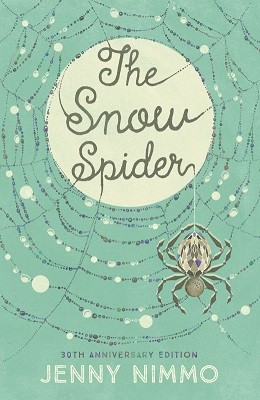
The Snow Spider by Jenny Nimmo is a classic story that has to be included in this list. About to mark its 35th birthday following the recent TV adaptation by Owen Sheers, The Snow Spider is another story that features the Welsh landscape almost as an additional character. It’s also great for empathy as readers have to come to terms with the reactions of different family members to the disappearance of Gwyn’s sister. More mature readers could be encouraged to investigate the links to the Mabinogion. ‘Gwyn’s grandmother leaves him five gifts: a brooch, a piece of dried seaweed, a tin whistle, a scarf, and a broken toy horse. She tells him they will help make him a magician – but can Gwyn use them to bring his missing sister, Bethan, home?’
Year 4 (Age 9)

Two books that have dual Italian-Welsh heritage are Sweet Pizza and King of the Sky. Both of these books provide opportunities for children to discover an important part of Welsh history – Italian cafes or ice-cream parlours were commonplace at one time. Sweet Pizza by G.R. Gemin, is about a South Wales valley café under threat; Joe, has an entrepreneurial spirit like his immigrant ancestors; he is unwilling to accept that the café is a lost cause and has ideas to breathe new life into it and make it the centre of the community once more. The pride that Joe feels for his own heritage, his ancestors and the valley in which he lives is obvious and infectious in this heart-warming book. ‘Joe loves his Italian heritage: the language, the opera, the lasagne! But it’s hard to celebrate his Italian roots in Bryn Mawr, South Wales, where his mam is sick of running the family’s tatty café. Just like his great-grandfather, who opened the café in 1929, Joe is an entrepreneur. He vows to save the family business, and to spice up the tired High Street with a little Italian flavour!’

King of the Sky, meanwhile, features an Italian boy who is finding it hard to call Wales home. Only when he meets the pigeon-racing Mr Evans does he begin to connect and start to belong. Nicola Davies’ perfectly pitched prose and Laura Carlin’s earthy illustrations make this a delightfully evocative book about Wales’ recent past. The book is one of many on this list that would work with all ages, and there are lots of teacher notes available to download. We particularly like the ones from Walker and Amnesty. We made a video about King of the Sky when it was shortlisted for the Tir na n-Og Award in 2018. It made me smile to go back, so here it is again…
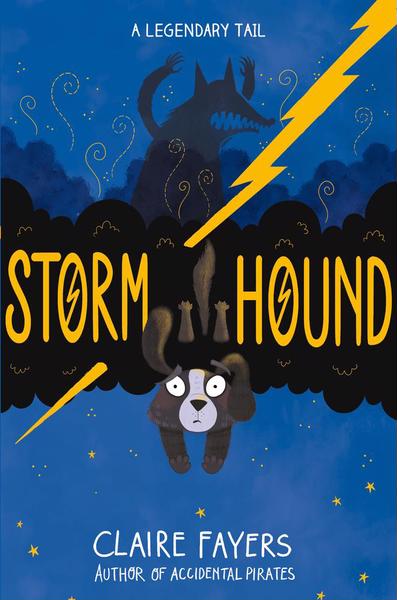
The most recent winner of the Tir na n-Og Award (an award for children’s books that have an authentic Welsh context), is Storm Hound by Claire Fayers. I have recently used Storm Hound as a Whole Class Read in my Year 4 class so can vouch that it totally engaged and enthused the children. Based on both Norse and Welsh mythology the story centres on a family new to Abergavenny who adopt a puppy from the Dog Centre; he just happens to be one of the Hounds of Odin’s Wild Hunt! Funny, fast-paced and hugely satisfying with lots of layers to unpeel. ‘Storm of Odin is the youngest stormhound of the Wild Hunt that haunts lightning-filled skies. He has longed for the time when he will be able to join his brothers and sisters but on his very first hunt he finds he can’t keep up and falls to earth, landing on the A40 just outside Abergavenny. Enter twelve-year-old Jessica Price, who finds and adopts a cute puppy from an animal rescue centre. And suddenly, a number of strange people seem very interested in her and her new pet, Storm. People who seem to know a lot about magic . . . Jessica starts to see that there’s something different about her beloved dog and will need to work out which of her new friends she can trust.’
Year 5
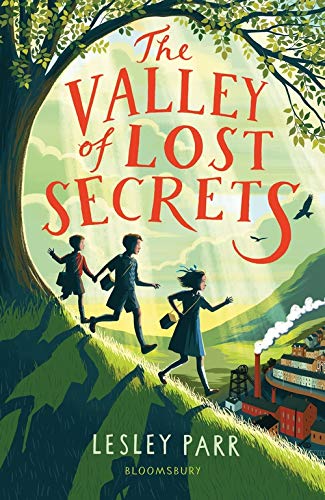
The Valley of Lost Secrets by Lesley Parr was only published at the start of 2021 but it already feels like it belongs in this list. In fact, it feels like a classic as you read it and I’m sure many schools will be adopting it for their teaching as the word begins to spread. It’s a brilliant World War II evacuee story that we described as “a moving love song to the valleys”.
‘When Jimmy is evacuated to a small village in Wales, it couldn’t be more different from London. Green, quiet and full of strangers, he instantly feels out of place. But then he finds a skull hidden in a tree, and suddenly the valley is more frightening than the war. Who can Jimmy trust? His brother is too little; his best friend has changed. Finding an ally in someone he never expects, they set out together to uncover the secrets that lie with the skull. What they discover will change Jimmy – and the village – forever.‘

The Clockwork Crow is a world-class fantasy for children by Catherine Fisher, set at the end of the Victorian era. Taking the myth of the Tylwyth Teg and using it to inspire a trilogy of stories located in a Mid-Wales manor house, provides a treasure trove of interesting links. The eponymous Crow has a mystery of his own, but the talking corvid is not the central character. Seren is an orphan who seeks to belong and is determined to solve the central mystery of a missing child. ‘A magical story of snow and stars; a mysterious gothic Christmas tale set in a frost-bound Victorian country mansion. When orphaned Seren Rees is given a mysterious package by a strange and frightened man on her way to her new home, she reluctantly takes it with her. But what is in the parcel? Who are the Family who must not be spoken of, and can the Crow help Seren find Tomos, before the owner of the parcel finds her?’
Year 6

Max Kowalski Didn’t Mean It by Susie Day is an extraordinary book. A witty, gritty, profound adventure set in the heart of Snowdonia. It’s got sibling rivalry, dragons and mountains. It’s fresh, it’s real, it’ll make you cry. One reviewer described it as “Jacqueline Wilson meets Alan Garner” and there’s no doubt that this is a raw coming-of-age adventure. ‘Max wants to be just like his dad – fun, loud and strong. Instead, he always seems to be accidentally getting into fights and breaking things. But when his dad starts bringing home mysterious boxes, even more mysterious wads of cash starts turning up. Then Dad disappears. And it’s up to Max to look after his sisters until he comes home.
When they run away to a remote village in Wales, he’s convinced that no one will find them. He’s Max Kowalski. Of course he can look after three kids with no grownups around! Although, he can’t stop thinking about where Dad really went. And the whispers of a golden dragon, asleep under the Welsh mountains…’

Gaslight is a highly atmospheric and very dramatic historical fiction set in Victorian Cardiff. Wales’ Children’s Laureate, Eloise Williams has crafted a rich and vividly descriptive novel that will have you on the edge of your seat. Nansi is the central character, trying to solve the disappearance of her mother, whilst scraping a living between bit parts on the Empire Theatre stage and thieving from rich households. Nansi dreams of finding her own identity and freeing herself from the perilous life she leads. In parts bleak and brutal, this is a gripping tale that will fire many imaginations. ‘All Nansi knows is that her mother disappeared on the day she was fished out of Cardiff docks. Now, in 1899, she can’t remember anything else. With no other family to turn to, she works for Sid at the Empire Theatre, sometimes legally, sometimes thieving to order, trying to earn enough money to hire a detective to find her mother. Everything changes when Constance and Violet join the theatre, both with their own dark secrets. Nansi is forced to be part of Violet’s crooked psychic act. But it’s when Constance recognises her, and realises who her mother must be, that Nansi’s world is turned upside down forever. She is soon on the run for her life and she will have to risk everything if she’s going to find the truth.’
Year 7+ (Age 12 and up)
Traditionally our blog has focussed on the primary years, but as our children grow up (two of them are now over 12) we are learning more about books for more mature children and young adults. We are therefore delighted to recommend these titles for secondary age children.
Non-Fiction for all ages

The book Wales on the Map was published a couple of years ago, and is an indispensable guide to Wales, it’s regions, landscapes, culture and history. It really is essential reading for all and is presented with gorgeous double page spread illustrations in a large format book. Elin Meek has done the research and written the little facts in readable bitesize nuggets while illustrations are by the ridiculously talented Valeriane Leblond, who has several books on this page.
For those looking to explore specific periods of history in Wales, then the Wicked Wales series published by Gomer presents the information in a similar manner to the Horrible Histories books.
Folk Tales and Legends
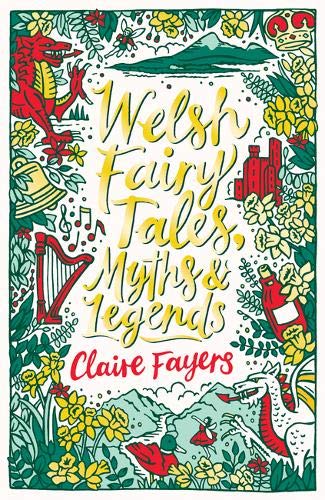
We’d also like to recommend some folk tales and legends to spark your imagination – there are a number of really fantastic versions available. A special mention for the newly published Welsh Fairy Tales, Myths and Legends by Claire Fayers which is a cracking compilation of short stories – some familiar, some not so familiar, but all told with Claire’s friendly fireside storytelling voice – there’s a real focus on building each story and telling it well. It’s going down a storm in our house with all ages from 8 to 46 (am sure it appeals to older and younger too!).
Claire is also contributing towards a new collection of stories from The Mabinogion. The Mab has now received full funding for publication and will feature stories from some of our best-loved authors, put together by Eloise Williams and Matt Brown. You can pre-order your copy here.
Here’s a gallery of other folk tales and legends that have captivated us:

5 Activities to encourage Reading for Pleasure with books from Wales
Many of these ideas are credited to research carried out by the Open University Reading for Pleasure groups, in association with the UKLA (UK Literacy Association). I have provided links to the examples of practice on their website, where relevant. These are all tried and tested methods in my own classroom and can be easily transferred to the home setting. This is not about comprehension tasks or analysis of writing – it’s about firing a spark and reading for pleasure!
1. Book Blanket

A Book Blanket is essentially where you lay out books and encourage readers to look, read the blurbs, dip in, see what appeals and then, importantly, talk about it. If you’re in school you can do this with a whole class and have a little crib sheet that they fill in, or tick the ones they like the look of and want to read later. At home, you can engage in more detailed conversations about why books appeal; what do we think they will be about; have we read anything similar? Book blankets are normally carried out on a ‘theme’ so collecting together books about Wales is an ideal opportunity. If you don’t have many books about Wales, you could widen it to books by Welsh authors.
Example of Practice by Benjamin Harris: Book Blankets – Reading for Pleasure (ourfp.org)
2. Book Tasting
Similar to the Book Blanket, Book Tasting is a means to show children that there are more genres, more authors, more stories to be found. It is about widening their reading repertoires and showing them new stories in a fun and interesting way. Provide a selection of books for children to look at. Make it fun by turning the classroom into a cafe – tablecloths, menus, flowers… that kind of thing. You could put on an apron and be the waiter/waitress attending to the cafe customers. Children can write down the menu of books they have chosen and discuss with friends which ‘flavours’ they enjoyed most and would like more of. Again, it’s important to encourage ‘book talk’ – find out why particular books are chosen. A special Welsh cafe for St. David’s Day would be rather wonderful wouldn’t it?
Example of Practice by Sadie Phillips: Expanding Reading Repertoires – Book Tastings – Reading for Pleasure (ourfp.org)
3. Map the Bookish Community
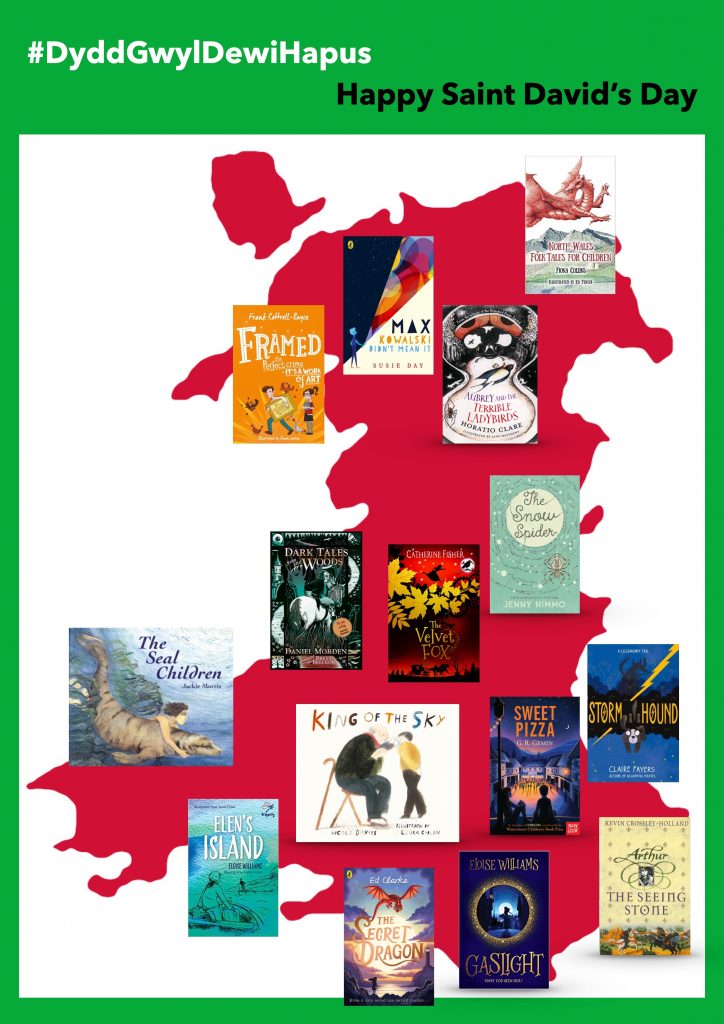
Here’s one for the grown-ups. The research by Open University shows that a teacher who has good knowledge of the available books is much better placed to give a suitable recommendation and foster reading for pleasure in the classroom or home. If you want a vibrant and diverse collection of books for children to explore, which should include books from Wales, then you have to develop your knowledge of these texts.
Much has been written about the reliance on celebrity authors and also the reliance on the authors of our childhoods like Dahl and Blyton, but for many teachers it’s seen as a professional responsibility to increase their own knowledge of available books.
So how about this: get out a map of Wales and place the books in their geographical locations. Are there gaps on the map? Do you have books that children in your community can relate to? Are there some places in Wales that inspire more stories than others? Do the characters reflect the realities of the children you teach/parent? You may want to explore the Tir na n-Og shortlists of the past in conjunction with our blog post.
Example of Practice by Jo Bowers and Simon Fisher: EOP_Land_of_Our_Authors_-_Simon_Fisher_Jo_Bowers_May_2020_final-1.pdf (ourfp.org)
4. Adopt an Author

Adopt an author is an idea to engage with one author and find out more about their work. In the context of Books from Wales, you could choose any of the authors, although it would work particularly well with Claire Fayers, Eloise Williams, Jenny Nimmo, Valeriane Leblond, Catherine Fisher, Jenny Sullivan, Sian Lewis, Jackie Morris as these names have more than 1 book set in Wales. You could widen it to include authors from Wales – in which case this graphic will be useful…
Children could be encouraged to become an expert in that author and produce a presentation; make promotional posters; record readings (try to keep the focus on the book, themes and connections – this isn’t a biography.)
5. Write a Letter
This is a bit old school, but authors love to hear when children have enjoyed their books. Writing a letter helps to connect the child to the book and to the author. Why not get children to write to the author of their favourite book set in Wales, explaining why they like the book so much? P.G. Bell, Welsh author of The Train to Impossible Places, is a big fan of letter writing and has produced some supportive resources.
Composing a tweet is a similar idea – and sometimes more challenging for a child to express themselves in a limited number of words.

